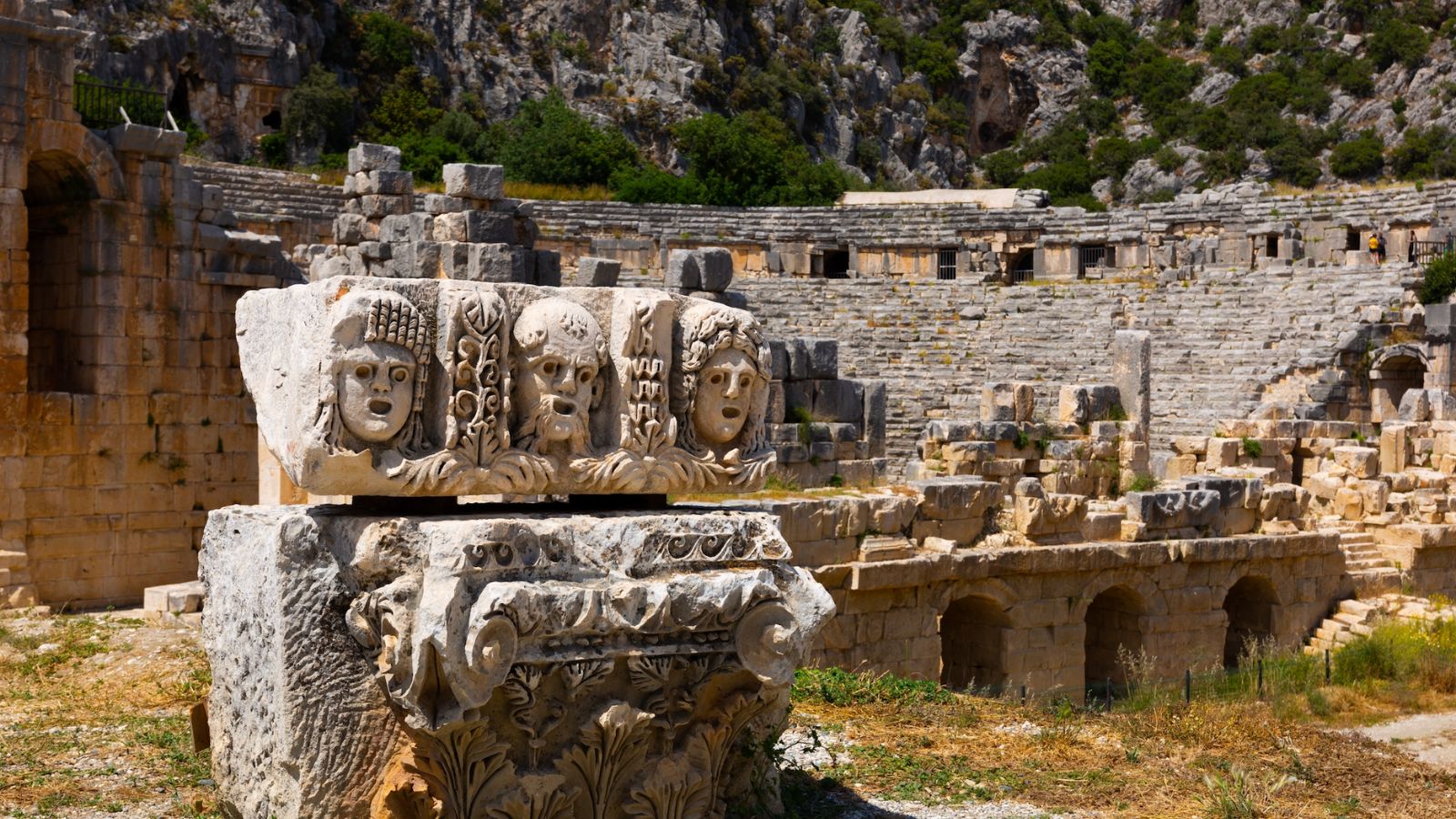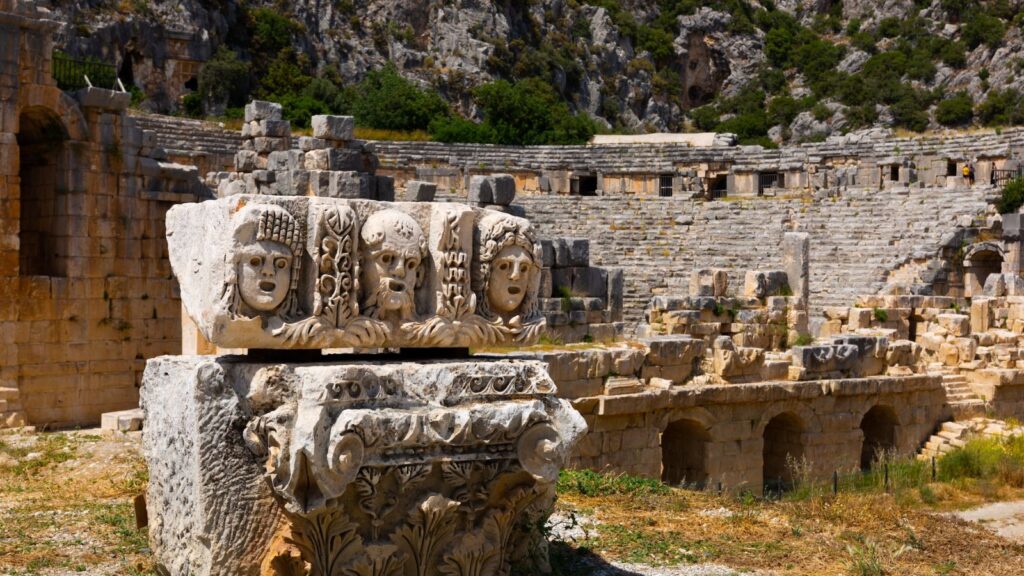Curious about history’s coolest treasures? These seven artifacts are must-knows for any history fan. They tell incredible stories about our past, offering a glimpse into ancient times. Let’s take a look.

1. The Rosetta Stone
A French soldier stumbled upon the Rosetta Stone in 1799, which became the key to understanding Egyptian hieroglyphs. With the same text in Greek, Demotic, and hieroglyphic, this stone slab enabled scholars to decode an ancient language. Currently, it attracts millions of visitors to the British Museum.
2. The Terracotta Army
In 1974, farmers in China unearthed the Terracotta Army, a vast array of life-sized clay soldiers buried with Emperor Qin Shi Huang. These unique figures were crafted to protect the emperor in the afterlife. This extraordinary archaeological find showcases the artistry and military prowess of ancient China.
3. King Tutankhamun’s Death Mask
Howard Carter’s 1922 discovery of King Tutankhamun’s tomb revealed a stunning golden death mask. Crafted from gold and precious stones, this mask adorned the young pharaoh’s mummy. It reflects the wealth and artistic skill of ancient Egypt and can be seen in the Egyptian Museum in Cairo.
4. The Dead Sea Scrolls
Hidden in caves near the Dead Sea for over two millennia, the Dead Sea Scrolls were found in the mid-20th century. These ancient texts provide deep insights into early Judaism and Christianity. Preserved by the region’s dry climate, they are now exhibited in the Israel Museum’s Shrine of the Book.
5. The Parthenon Marbles
The Parthenon Marbles, also known as the Elgin Marbles, once adorned the Parthenon in Athens. Acquired by Lord Elgin in the early 1800s, these classical Greek marble sculptures are masterpieces depicting various mythological scenes. They are currently on display at the British Museum, showcasing ancient Greece’s artistic achievements.
6. The Shroud of Turin
The Shroud of Turin, a linen cloth bearing the faint image of a man, has sparked debate and research for centuries. Many believe it to be the burial shroud of Jesus of Nazareth. First documented in the 14th century, it is housed in the Cathedral of Saint John the Baptist in Turin, Italy.
7. The Antikythera Mechanism
Divers discovered the Antikythera Mechanism in a Greek shipwreck in 1901. This ancient device, dating to around 100 BCE, is considered the world’s first analog computer. Used to predict astronomical positions and eclipses, it reveals the technological prowess of the ancient Greeks. The mechanism is on display at the National Archaeological Museum in Athens.







